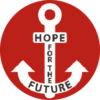The Netherlands has long been considered Europe’s hotspot for human trafficking and forced labour, especially in the sex industry. The European Commission reported 1,561 cases in the Netherlands in 2016, the highest number in Europe. But what is the situation like today?
WORRYING NUMBERS
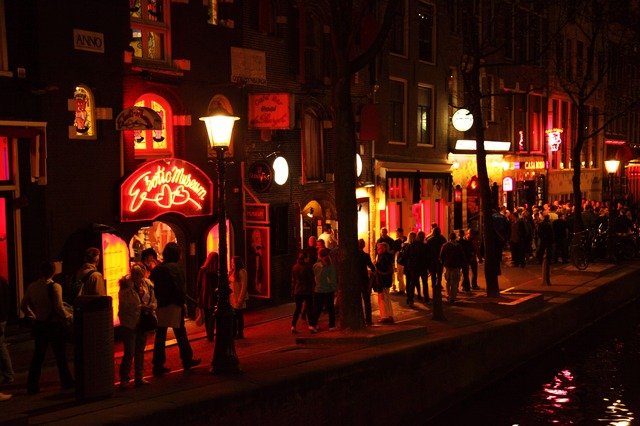
In 2016, the European Union reported that between 2013 and 2014, 15,846 victims of human trafficking were registered, of which at least 15% were children. The Netherlands recorded the largest number of victims with 1,561 reported cases, followed by Great Britain and Romania. The report warns that the refugee crisis has opened up new avenues of exploitation for criminals. A year later, the NL Rapporteur (The National Rapporteur on Human Trafficking and Sexual Violence Against Children) makes alarming projections. According to the Dutch NGO, it is estimated that there are over 6,000 victims of human trafficking every year. Two thirds of them are forced into sex work. Estimates were calculated in conjunction with the United Nations Office on Drugs and Crime.
THE CURRENT SITUATION IN THE NETHERLANDS
The Netherlands is predominantly a source but also a transit and destination country for human trafficking. The International Organization for Migration’s definition of human trafficking states that human trafficking often occurs across borders, but can also occur within a country. In the Netherlands, people from different countries are trafficked for the purpose of commercial sexual exploitation and forced labour, for example in the hospitality industry, in agriculture or in cleaning services. However, most of the victims come directly from the Netherlands.
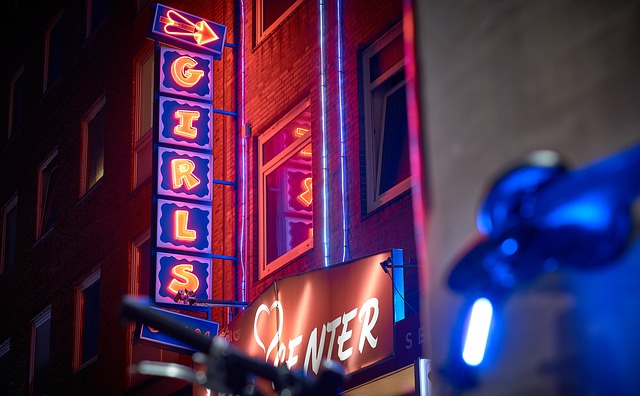
The latest figures from 2018 show that around 36% of the victims are Dutch citizens. The majority of foreign victims come from EU countries (Romania, Bulgaria and Poland), followed by victims from African and Asian countries (Nigeria, Uganda and Vietnam). The largest group of victims were women at 72%, with 45.9% being minors (under 23). The girls are abducted into forced prostitution by so-called “lover boys“. These are men who seduce young women and girls – often from difficult family lives – and force them into prostitution. Victims remain trapped because of systematic physical and emotional violence, as well as the abuse and technology used by perpetrators to keep victims under control.
Prostitution has been legal in the Netherlands since 2000. After legalisation, the demand for services increased, but the supply did not. This constrained supply keeps illegal human trafficking lucrative. A report by the EU Commission shows that Austria, Belgium, France, Germany, Greece, Italy, the Netherlands, Spain, Switzerland and the United Kingdom are the most popular destination countries for human traffickers due to the high demand for cheap sex and labor services will. Austria, Germany, Greece and Switzerland also regulate prostitution in different forms, so that the number of unregistered victims may well be higher.
MEASURES TAKEN BY THE DUTCH GOVERNMENT
Lawyer Corinne Dettmeijer-Vermeulen has been involved with victims of human trafficking for years and is a former member of the NL Rapporteur. In a 2018 Leiden University interview, she said: “I think the Dutch approach to combating human trafficking works at a very high level, especially compared to other countries. But as long as we see more than 6,000 victims of human trafficking in the Netherlands every year, this approach is simply not enough”.
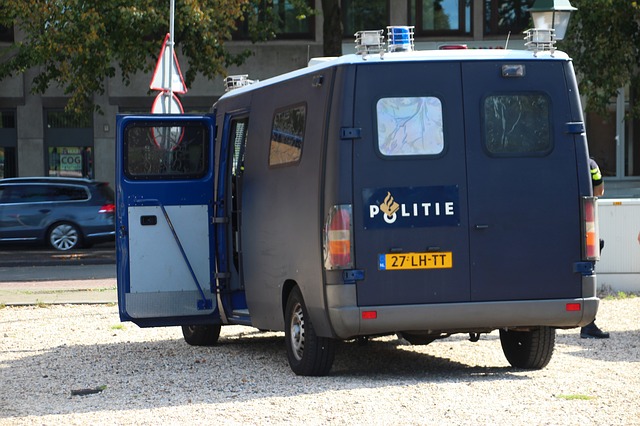
In 2018, the Dutch government implemented its new anti-trafficking plan. It focuses on identifying victims, strengthening communication between stakeholders, taking action to combat human trafficking at the local level, and strengthening human trafficking prevention work. Since then, the task force has inspected brothels, trained community leaders to spot human trafficking and intervene safely. It also increased its efforts to combat child trafficking. Furthermore, the Dutch government finances shelters for victims and supports legal action against the traffickers. In addition, prospective police officers must complete compulsory training in dealing with human trafficking during thier training.
But what do the numbers say today? The Walk Free Foundation recently released the new Global Slavery Index, which assesses the approach to human trafficking in 167 countries. According to the Index, the Netherlands is the only country to achieve an “A” rating, making it the country that takes the most action against human trafficking out of the 167 countries. In the US government’s annual Trafficking in Persons (TIP) report, the Dutch approach to human trafficking is consistently given a so-called “Tier 1” score, meaning that it fully meets US minimum standards.
CONCERNING DROPPING NUMBERS
The Victims Monitor 2013-2017 also shows that the number of potential and actual victims on CoMensha’s radar has dropped from 1,256 in 2014 to 958 in 2017. This development is worrying as this decrease is likely not due to a decrease in the actual number of victims, but due to a decrease in the number of victims identified.
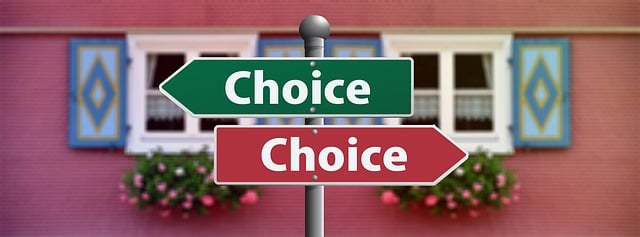
“I am very concerned about the drop in reports,” said national reporter Corinne Dettmeijer. “Human trafficking is not declining. We now know that the number of victims is around 6,250 per year and that means more and more cases are going under the radar.”
It is believed that the decline in the number of suspected victims of human trafficking over the years is due to the widespread reorganization of the police force. Another reason could be the political decision on new priorities for law enforcement agencies due to the increase in migrants and asylum seekers and the increase in terrorist threats. A significant part of the number of possible victims in the Netherlands still remains out of sight of the authorities. The Dutch government should have the ambition to further intensify the combating of human trafficking.
